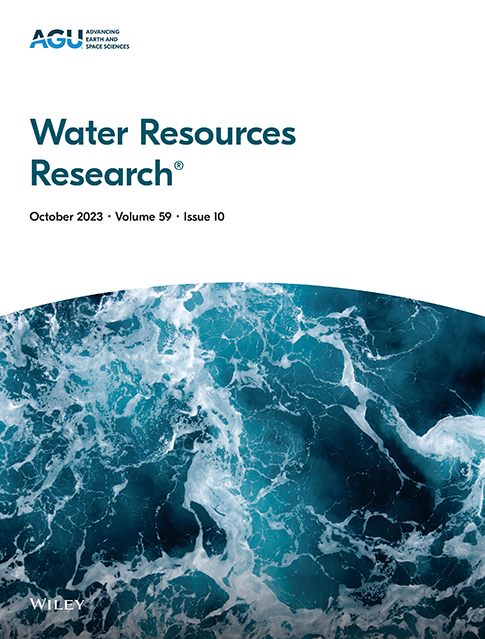WRR Publication

A new publication in Water Resources Research (Wiechman et al., 2024) present a modeling approach to trace the flow of water, information, and investment in a general urban water system and apply it for three cities in the Phoenix metropolitan area. Congratulations to authors associated with the Center for Hydrologic Innovations!
- Abstract: Designing urban water systems to respond to the accelerating and unpredictable changes of the Anthropocene will require changes not only to built infrastructure and operating rules, but also to the governance arrangements responsible for investing in them. Yet, inclusion of this political-economic feedback in dynamic models of infrastructure systems and socio-hydrology has lagged behind operational feedback concerns. We address this gap through a dynamical systems application of the Coupled Infrastructure Systems (CIS) Framework, which provides the conceptual building blocks for analyzing social-ecological systems through various classes of infrastructure and the flows of material and information among them. In the model, political-economic feedback involves three decisions—infrastructure investment, rate-setting, and short-term demand curtailment—and each decision is constrained by institutional friction, the aggregation of decision and transaction costs associated with taking action. We apply the model to three cities in the Phoenix Metropolitan Area to compare how institutional friction interacts with a city’s water resource portfolio and financial position to determine its sensitivity, or the degree to which its performance (e.g., providing sufficient supply to meet demand) changes given reductions in Colorado River water availability. We find that the slowing effect of institutional friction on investment and rate-setting decisions can increase the sensitivity of a city’s supply, but it can also promote objectives that compete with over-response (e.g., rate burden). The effect is dependent on the initial operating capacity of the CIS and flexibility within the institutions, highlighting the need to consider political-economic and operational feedback together when evaluating infrastructure systems.